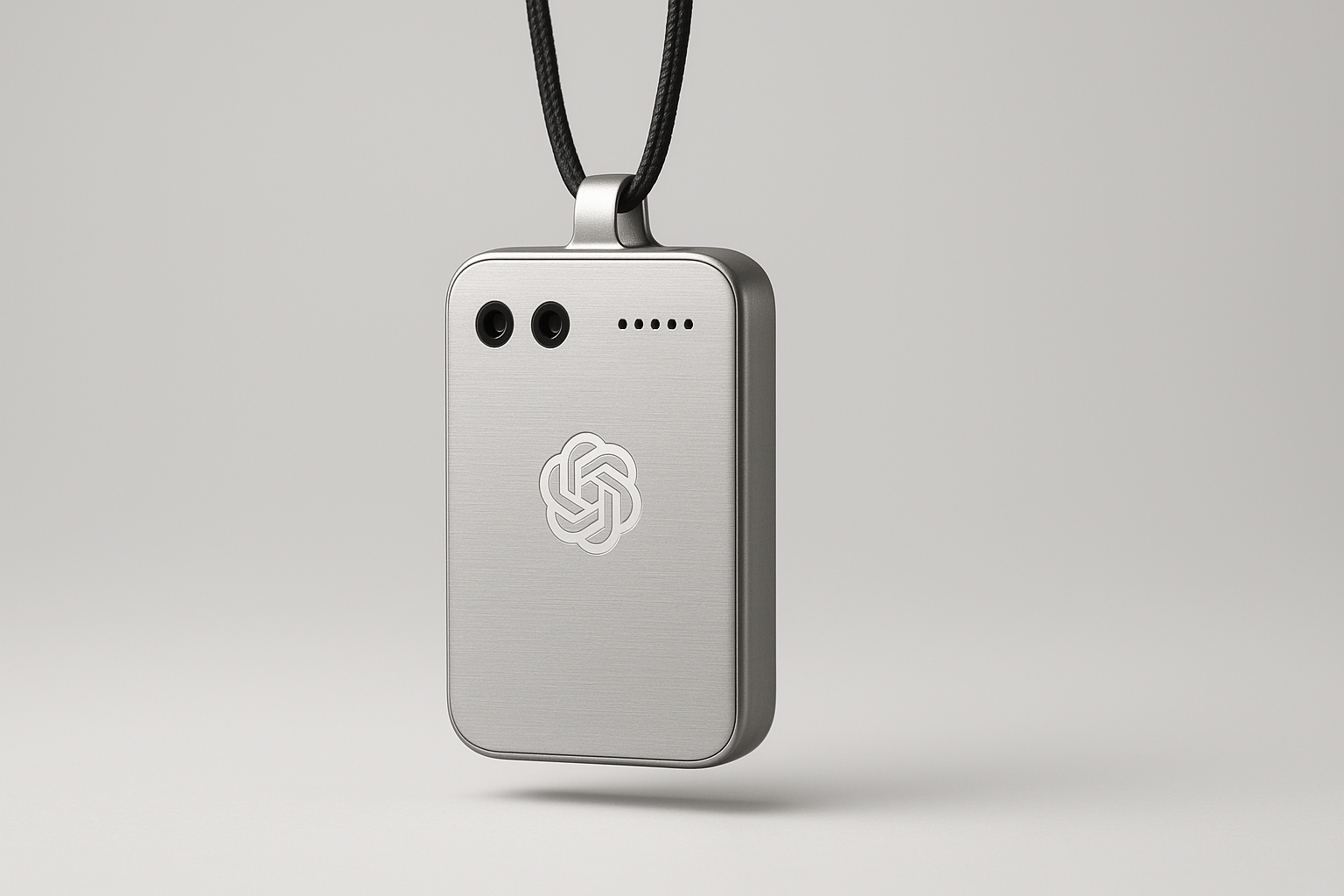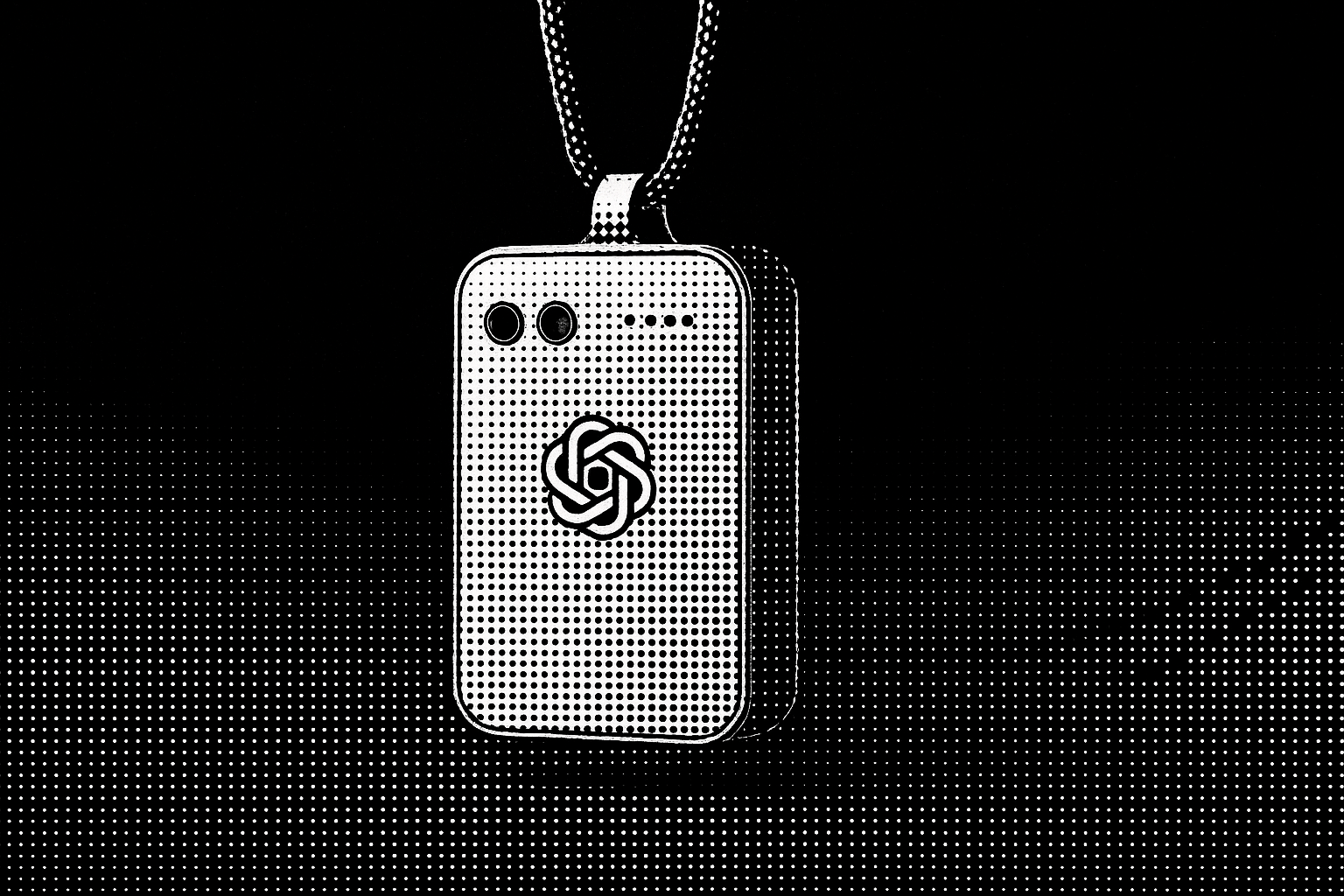OpenAI and former Apple designer Jony Ive are developing a wearable AI device with no display, according to Apple analyst Ming-Chi Kuo.
Kuo expects the device to enter mass production in 2027. Manufacturing and shipping are planned outside of China to reduce geopolitical risks, with Vietnam currently the most likely location, Kuo wrote in his industry report.
The current prototype, Kuo says, is slightly larger than the ill-fated Humane AI Pin, but echoes the compact and minimalist design of the iPod Shuffle. Kuo notes that the final design may still change before production begins.
The device includes cameras and microphones to sense its surroundings and can be worn on the body, including around the neck. OpenAI has opted not to include a screen. Instead, the device will connect to smartphones and PCs, using them for computing and display.

Kuo is known for his close ties to Asian supply chains, particularly in the Apple ecosystem. His forecasts are often based on internal industry sources, though he has made incorrect calls in the past.
A new category of screenless AI wearables
OpenAI recently confirmed its $6.5 billion acquisition of Jony Ive's hardware startup io. According to an internal audio recording obtained by the Wall Street Journal, the new device won't be a smartphone or headset, but a standalone product category with deep integration of AI software and sensor technology.
It's designed to passively capture the wearer's surroundings, be worn discreetly on the body in various ways, and maintain a close connection to OpenAI's models. That vision lines up with Kuo's report. Internally, OpenAI CEO Sam Altman has referred to a "family of devices," with the first versions expected to be unveiled as early as next year. The long-term target is 100 million units sold.
The current landscape of AI-driven consumer hardware ranges from compact devices like Rabbit's R1, which includes a display, camera, microphone, and cloud agent to control apps, to the Humane AI Pin, whose servers were shut down following HP’s acquisition. Smart glasses with built-in sensors that analyze the environment and provide real-time feedback also fall into this category. Still, most generative AI tools today continue to run on smartphones, including apps from OpenAI and Google.






